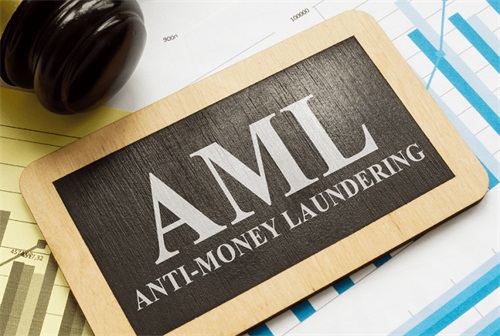Anti-Money Laundering (AML) Compliance in Insurance

Anti-Money Laundering (AML) compliance has become a critical facet for insurance companies, playing a pivotal role in safeguarding against illicit financial activities. In this article, we will explore the importance of AML compliance in the insurance sector, the regulatory landscape, and the strategies insurers employ to mitigate money laundering risks.
The Significance of AML Compliance in Insurance:
Money laundering involves the process of concealing the origins of illegally obtained funds to make them appear legitimate. Insurance companies, being part of the financial ecosystem, are susceptible to exploitation by criminals seeking to legitimize their ill-gotten gains. AML compliance in the insurance sector is not just a legal requirement but also a crucial component in maintaining the industry's credibility and trust.
Regulatory Landscape:
Global regulatory bodies and governments recognize the need for stringent AML measures to combat financial crimes effectively. In the insurance sector, compliance is guided by various international and national regulatory frameworks. The Financial Action Task Force (FATF) sets global standards for AML, and many countries have adopted these guidelines, tailoring them to their specific needs.
Insurance companies must adhere to these regulations, implementing robust AML programs that include customer due diligence (CDD), risk assessment, and suspicious activity reporting. Non-compliance carries significant repercussions, encompassing substantial financial penalties, harm to reputation, and potential legal ramifications for insurance companies.
Challenges in AML Compliance for Insurers:
The insurance industry faces unique challenges when it comes to AML compliance. Unlike banks, insurers often engage in long-term relationships with policyholders, making it essential to continually monitor and reassess risks. Additionally, the diverse range of insurance products and services complicates the identification of unusual transactions or patterns.
One key challenge is the use of intermediaries, such as brokers and agents, in the insurance sales process. These intermediaries may unknowingly facilitate money laundering schemes, emphasizing the need for insurers to implement rigorous due diligence procedures not only for policyholders but also for those involved in the distribution chain.
Technology as a Catalyst for AML Compliance:
In the face of evolving money laundering tactics, technology has emerged as a crucial ally for insurers in enhancing their AML capabilities. Advanced data analytics, artificial intelligence, and machine learning algorithms empower insurers to detect anomalous patterns and behaviors indicative of money laundering activities.
Insurers can leverage technology to automate customer identity verification, monitor transactions in real-time, and conduct thorough risk assessments. These tools not only streamline compliance processes but also strengthen the overall resilience of the insurance industry against financial crimes.
Collaboration and Information Sharing:
Money laundering is a transnational issue that requires collaboration among insurers, regulatory bodies, and law enforcement agencies. Information sharing plays a vital role in identifying and combating money laundering risks effectively. Insurers can benefit from participating in industry-wide initiatives and sharing intelligence on emerging threats and fraudulent activities.
Cross-sector collaboration is equally important. Sharing information with banks, financial institutions, and other sectors can provide a holistic view of potential money laundering schemes that may span across different industries.




